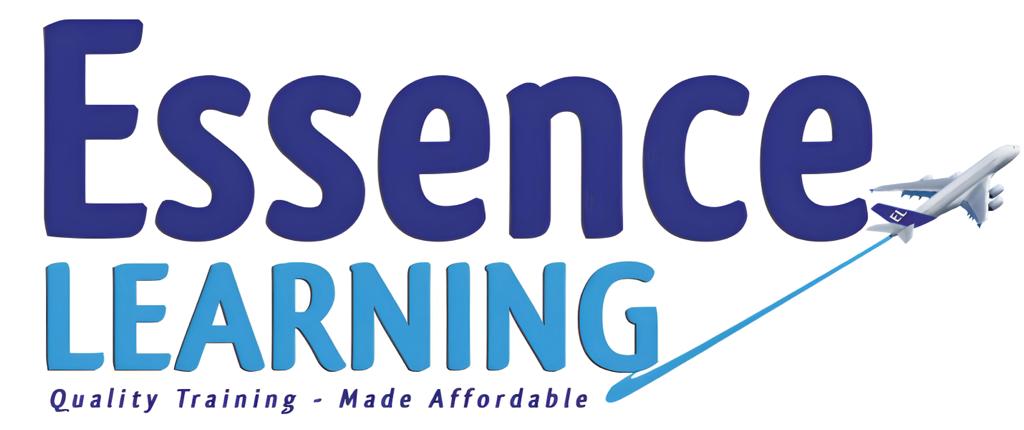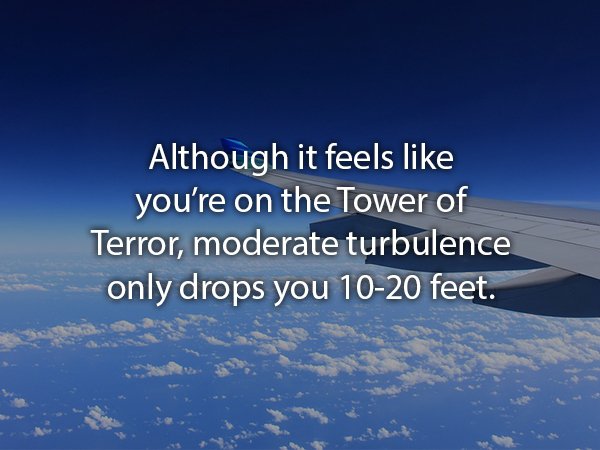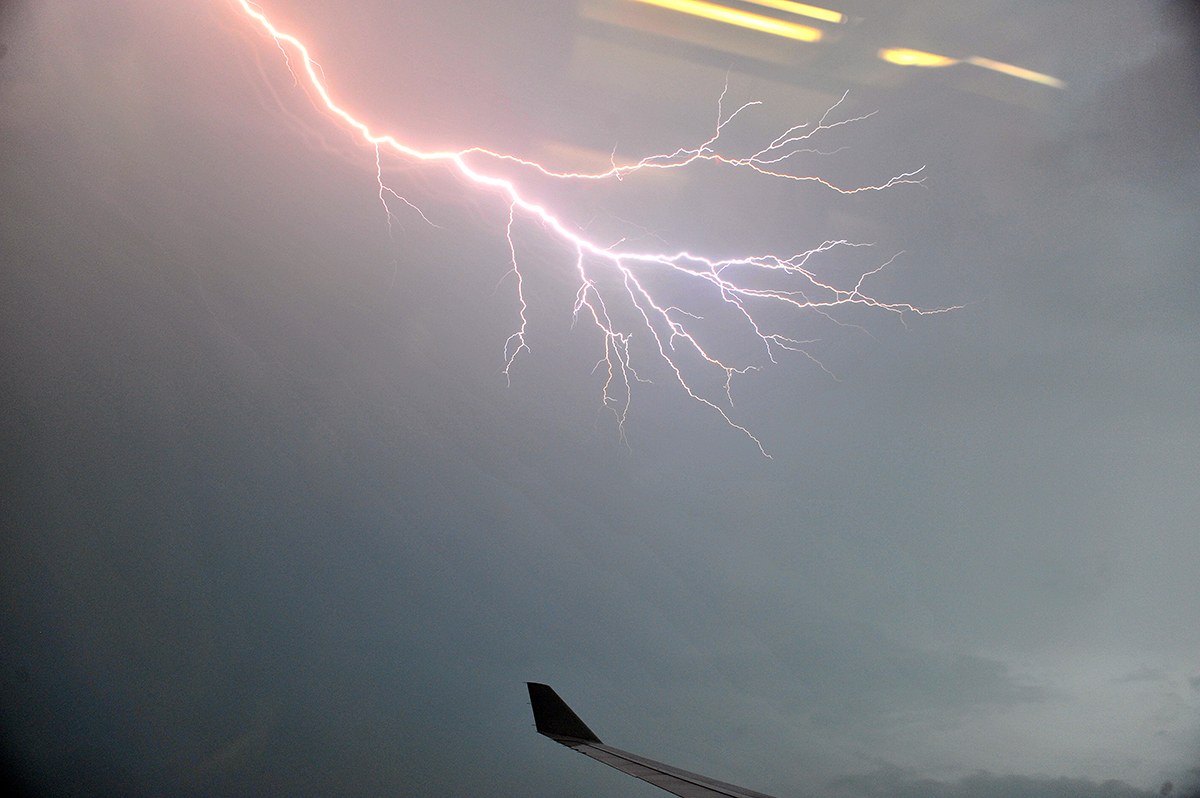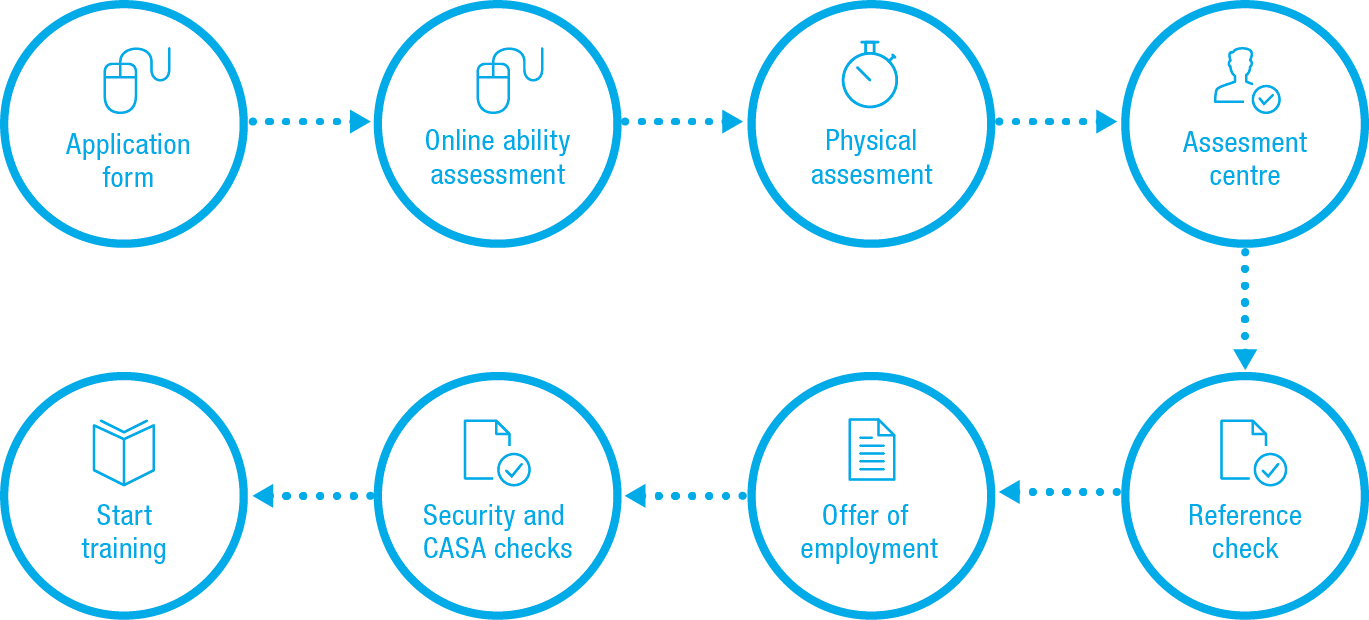Reference Height Chart
Feet/Inches -> Centimeters 4 feet 6 inches - 137 cm 4 feet 7 inches - 140 cm 4 feet 8 inches - 142 cm 4 feet 9 inches - 145 cm 4 feet 10 inches - 147 cm 4 feet 11 inches - 150 cm 5 feet 0 inches - 152 cm 5 feet 1 inches - 155 cm 5 feet 2 inches - 157 cm 5 feet 3 inches - 160 cm






